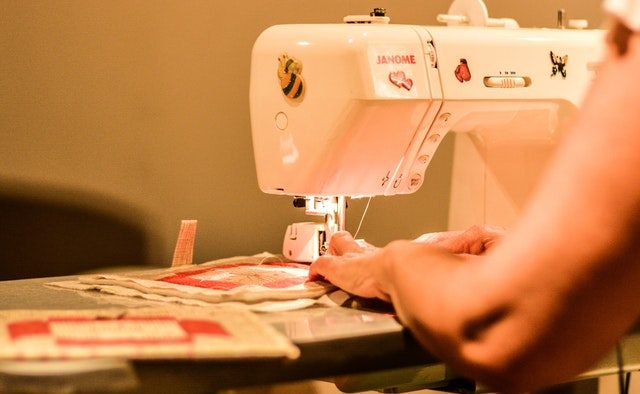6 Things to Help Communications with your Manufacturer
Share

We would love to tell you that once you have found a manufacturer that is willing to work with you on your product/collection it will be somewhat smooth sailing. But it’s best to plan for some bumps.
Whilst it is normal for there to be bumps with the language barrier between both parties, this is not the only bump you’re likely to incur. We are here to help you. We’ll hold your hand if you need, provide guidance, or even take over the communication for you so you can concentrate on other matters that your stronger at. It’s important to play to your strengths.
Whether you’re up for the challenge of doing it alone or would like us to support you on your journey, here are a few areas to be mindful of and to factor in.
- Small runs – You are likely to be one of their smaller clients so you will naturally become their least priority. You may need to be persistent to a point it feels like you are nagging them.
- Fabric – It’s unlikely you will be buying fabric straight from the fabric manufacturer unless you have a chain of stores, so the fabrics will come from the markets. This will mean that you could come across inconsistency in quality, feel and colour between batch lots. Not to mention it could no longer be available when your manufacturer goes to order it for bulk.
- Pattern maker – If you found a hidden gem between the rough of manufacturers they might just happen to have an awesome pattern maker. But if they don’t you will have issues nailing that perfect fit without some guidance and hand holding. We highly recommend engaging a garment tech or fit specialist to support you. We can help you find the right one for you and your label.
- Spec packs – It’s possible that the manufacturer you choose may give you a sample of other clients’ spec packs that you can use as a template. But do you know how to read them and put your own together? I won’t lie, there are companies out there that don’t use them, but there are reasons for this and reasons how they can get away with not having them. If you’re producing a product that is unique and fit is important to you then you need your own specs that are detailed.
- Garment and stitching terms – Even after being in the industry for over 20 years, I’m still amazed to find some manufacturers terms/names being different to ours. This could have a lot to do with translation from one language to other. However sometimes I’ve found it to be the size of the manufacturer and an indication of the clients they have, and if they have kept up with the latest trends and machinery.
- Experience & Exceptions – Depending on the clients the manufacturer has had, it will either mean they can handle your product and meet your exceptions with ease or you will have to educate them. This is not a bad thing, it can be quite satisfactory but it comes with challenges. Be sure to understand their procedures and each of their development stages and discuss your plan and requirements before beginning.
Good luck with your journey you have begun, it’s not easy but like anything a challenge only makes the end result much sweeter.

















Follow us on social media